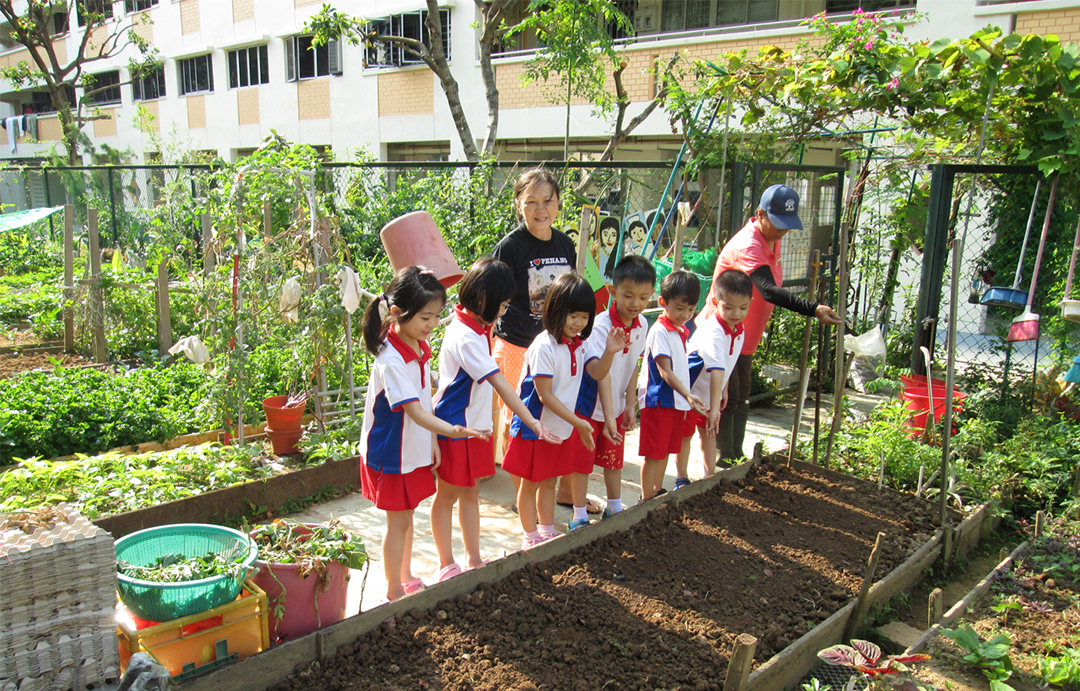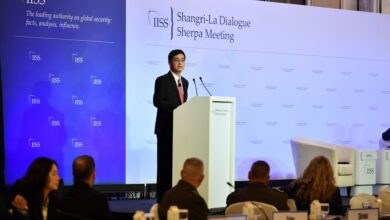ASEAN member states tap into technology to boost food security

Tom Abke
Digital technology may hold the key to keeping the populations of Southeast Asian nations well-nourished, according to research conducted in the region.
Food security in Association of Southeast Asian Nations (ASEAN) member states has been threatened recently by low agricultural productivity; illegal, unreported and unregulated fishing; climate events; food safety issues; and supply chain disruptions.
“ASEAN guidelines for digital agriculture endorsed by agriculture ministers is a landmark in the start of the digital era,” Dr. Venkatachalam Anbumozhi, director of research strategy and innovation for the Economic Research Institute for ASEAN and East Asia (ERIA), told FORUM. ERIA was involved in a yearlong research project that was completed in October 2021 and in developing the guidelines.
Precision agriculture, mobile technology, remote sensing, drones and big data analytics are among the technical advancements paving the way for a comprehensive digital transformation of agriculture in ASEAN nations, according to a recent progress report on the ERIA study. Farmers’ access to information and markets is thereby improved, while productivity is increased, supply chains are streamlined, operating costs are reduced and separate development lines are integrated into “smart,” networked agricultural production systems and resilient food value chains.
“There is a digital divide in several countries and rural regions,” Anbumozhi said. “To harness the full potential of digital technologies that promise sustainable and resilient value chains, governments and policymakers need to go beyond simply accelerating innovation and take a more comprehensive approach.”
While mechanized food production systems and improved inputs have increased agricultural productivity over the past three decades in major ASEAN member states such as Indonesia, Malaysia, Thailand and Vietnam, low agricultural productivity continues to be a problem in Cambodia, Laos and several Indonesian provinces, he added.
Anbumozhi’s team is advising ASEAN governments to direct science and technology (S&T) solutions to boosting farm productivity in response to climate risks and to promoting social inclusion. This involves employing public-private partnerships and tax incentives, as well as pooling the resources of various disciplines and agencies to promote technical advisory support for agribusiness.
Examples of S&T solutions include using “digital sequence information” to promote selective plant breeding and commercializing new plant varieties and technologies that improve value chain resilience, he said. Combining e-commerce with “cold chain infrastructure,” or temperature-controlled environments, enables the movement of perishable goods along supply chains and promotes “more inclusion among producers and consumers.”
Digital technology is also being used to identify disaster risks and manage price hikes, as well as to enhance food safety by tracking and tracing goods, he said.
By using the internet of things, blockchain and automated climate control, nine urban farms atop multistory garages in Singapore are producing about 1,600 tons of vegetables annually, according to the government-run Singapore Food Agency (SFA).
Among ASEAN member states, the 719-square-kilometer island of Singapore is the most dependent on food imports and, therefore, has been most vulnerable to pandemic-related supply chain disruptions. “Urban food solutions” that make use of rooftops and other spaces in the city-state for agricultural production are being developed to buffer against such disruptions, according to SFA.
One urban farm sits on the grounds of a former secondary school, SFA reported. Converted into an integrated space, the building now also serves as a child care center and nursing home. (Pictured: Children tend an urban farm at a converted secondary school in Singapore.)
Tom Abke is a FORUM contributor reporting from Singapore.
IMAGE CREDIT: PAP COMMUNITY FOUNDATION




